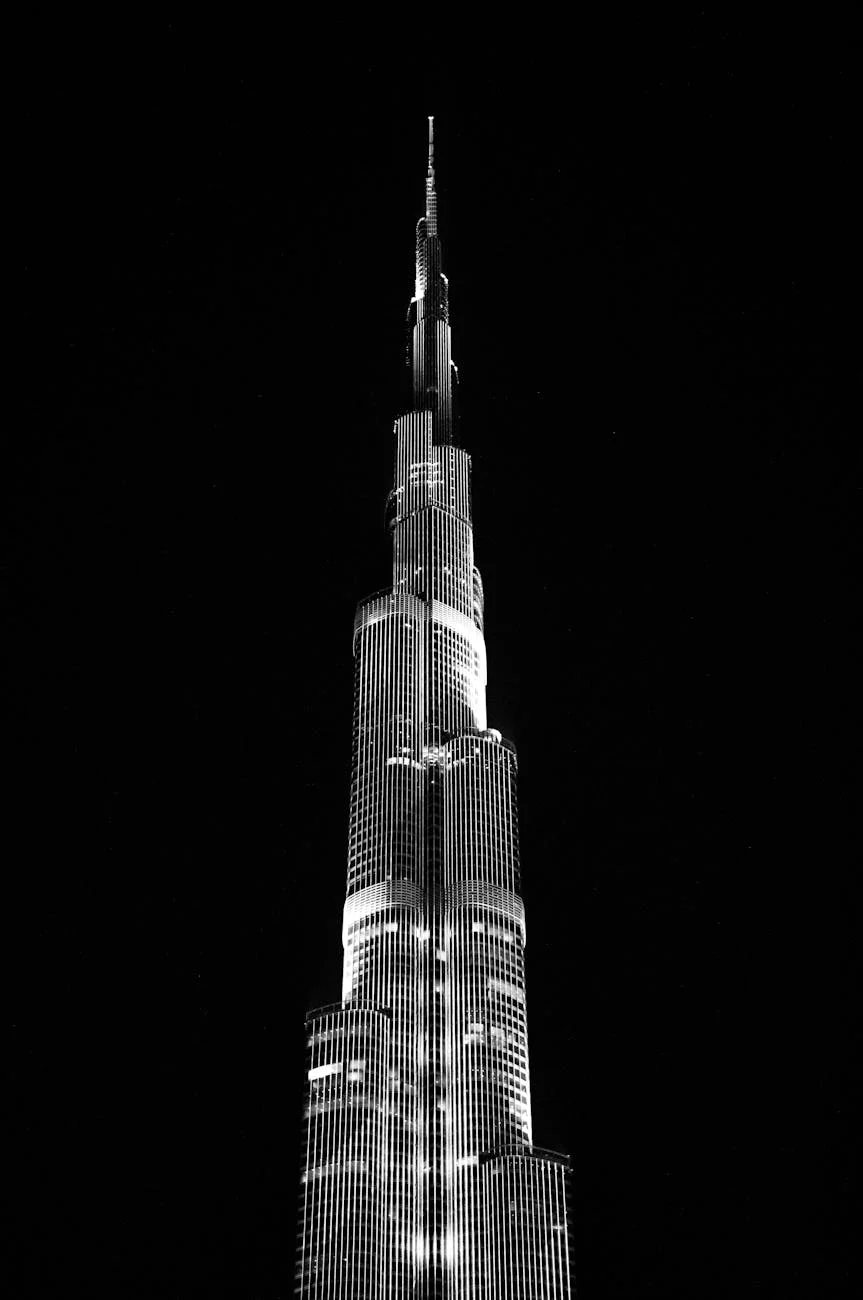Dubai is a city that truly comes alive at night, offering a plethora of activities to enjoy after the sun sets. Here are some suggestions for things to do in Dubai at night:
- Visit the Burj Khalifa: Witness the breathtaking views of the city from the observation decks of the world’s tallest building, especially stunning at night when the city is illuminated.
- Dubai Fountain Show: Experience the mesmerizing Dubai Fountain Show, where water jets dance to music and colorful lights, located right outside the Burj Khalifa.
- Dhow Cruise Dinner: Enjoy a romantic dinner aboard a traditional wooden dhow as it cruises along Dubai Creek or Dubai Marina, offering stunning views of the city skyline.
- Dubai Marina Walk: Take a stroll along the Dubai Marina promenade, lined with restaurants, cafes, and shops, with stunning views of the waterfront and skyscrapers.
- Dubai Mall: Explore the Dubai Mall, one of the world’s largest shopping malls, which stays open until late. Besides shopping, you can enjoy dining, entertainment, and even catch a movie at the cinema.
- Souk Madinat Jumeirah: Wander through the Arabian-themed Souk Madinat Jumeirah, where you can shop for souvenirs, dine at restaurants overlooking the waterways, and enjoy live music.
- Dubai Night Safari: Experience the Dubai Desert at night with a desert safari tour. Enjoy activities like dune bashing, camel riding, and traditional Arabic entertainment followed by a barbecue dinner under the stars.
- JBR (Jumeirah Beach Residence) Walk: Spend an evening at JBR Walk, a bustling beachfront promenade filled with restaurants, cafes, street performers, and a lively atmosphere.
- Dubai Opera: Catch a performance at the stunning Dubai Opera, which hosts a variety of concerts, operas, ballets, and other cultural events.
- Clubbing and Nightlife: Dubai boasts a vibrant nightlife scene with numerous clubs, bars, and lounges. Explore popular nightlife spots such as White Dubai, Cavalli Club, or Zero Gravity for an unforgettable night out.
The Evolution and Allure of Nightclubs: A Cultural Phenomenon
Nightclubs have long been more than just places to dance and drink; they’re cultural phenomena that have shaped the entertainment landscape worldwide. From their humble beginnings as underground speakeasies to the glamorous mega-clubs of today, nightclubs have evolved into iconic institutions that cater to diverse audiences and offer unforgettable experiences. This article explores the history, significance, and allure of nightclubs, with a focus on their role in modern society.
Origins and Evolution
Nightclubs trace their origins back to the late 19th and early 20th centuries, emerging alongside the rise of urbanization and modern entertainment. In cities like New York, Paris, and Berlin, underground speakeasies and jazz clubs provided refuge for those seeking to escape the constraints of mainstream society. These illicit establishments became havens for artists, musicians, and social outcasts, fostering a sense of community and rebellion.
During the Prohibition era in the United States, speakeasies proliferated as venues for illegal drinking and revelry. Despite the risks associated with operating outside the law, these clandestine clubs flourished, fueling the rise of jazz music and the flapper culture of the Roaring Twenties.
As the 20th century progressed, nightclubs evolved into more sophisticated and mainstream venues, incorporating elements of theater, spectacle, and avant-garde art. The post-World War II era saw the emergence of iconic venues like Studio 54 in New York City, which became synonymous with celebrity culture and excess.
Cultural Significance
Nightclubs play a crucial role in shaping cultural trends and movements, serving as incubators for music, fashion, and social change. From the birth of disco in the 1970s to the rise of electronic dance music (EDM) in the 21st century, nightclubs have been at the forefront of musical innovation, introducing audiences to new sounds and rhythms.
Moreover, nightclubs serve as spaces for self-expression and liberation, where individuals can escape the pressures of everyday life and embrace their true selves. For marginalized communities, such as the LGBTQ+ community, nightclubs have often served as sanctuaries where acceptance and diversity are celebrated.
In addition to their cultural significance, nightclubs also contribute to the economy by generating revenue through ticket sales, alcohol consumption, and tourism. In cities like Las Vegas, Ibiza, and Berlin, nightclubs are major tourist attractions, drawing visitors from around the world with their extravagant parties and world-renowned DJs.
The Modern Clubbing Experience
Today, nightclubs continue to evolve in response to changing tastes and technologies. Traditional brick-and-mortar venues coexist with virtual clubs and online streaming platforms, offering audiences a diverse array of options for nightlife entertainment.
The modern clubbing experience is characterized by sensory overload, with clubs competing to offer the most immersive and extravagant environments. Cutting-edge sound systems, LED displays, and interactive installations create a multisensory experience that captivates clubgoers and blurs the line between reality and fantasy.
Furthermore, advancements in social media and digital marketing have transformed the way nightclubs engage with their audiences, with promoters leveraging platforms like Instagram and TikTok to promote events and connect with fans.
Conclusion
In conclusion, nightclubs are more than just places to party; they’re cultural institutions that reflect the spirit of their time and shape the way we experience music, fashion, and nightlife. From their humble beginnings as speakeasies to their current status as global entertainment destinations, nightclubs have left an indelible mark on popular culture and continue to inspire and captivate audiences worldwide. Whether you’re dancing the night away at a trendy nightclub in New York City or soaking up the sun at an open-air beach club in Ibiza, the allure of the nightclub experience remains as potent as ever

